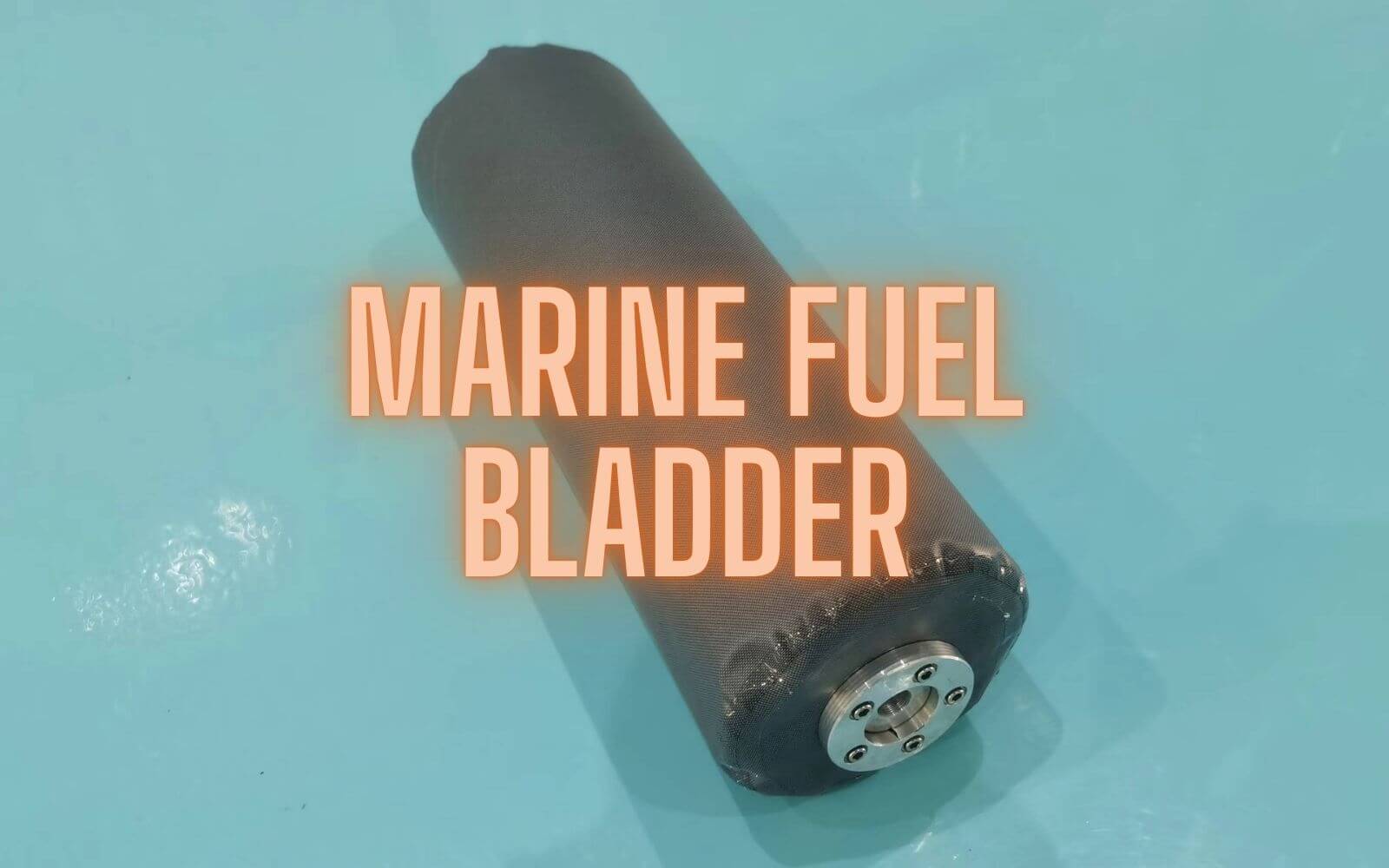MARINE FUEL BLADDER
When it comes to boating, having a reliable and efficient fuel storage solution is essential. One increasingly popular option among boaters is the marine fuel bladder.
These flexible, durable tanks provide a versatile solution for fuel storage on a variety of vessels. But with so many options available, how do you choose the right marine fuel bladder for your boat? This comprehensive guide will walk you through everything you need to know to make the decision.
What is a Marine Fuel Bladder?
A marine fuel bladder, also known as a flexible fuel tank, is a collapsible storage container designed to holding fuel. Made from robust, durable materials like reinforced polyester polyurethane, these bladders are highly resistant to punctures and abrasion. Their flexibility and customized shape allow them to conform to the shape of your boat, making them an ideal choice for maximizing fuel storage capacity.
Benefits of Using a Marine Fuel Bladder
- Space Efficiency:Unlike rigid tanks, the space is constrained by the regular shape, marine fuel bladders can fit in irregularly shaped compartments, every corner will be utilized, making the most of available space
- Portability:These bladders are lightweight and easy to transport when empty, letting the ease installation and operation, simplifying the process of refueling and storage.
- Durability:Made from tough materials, marine fuel bladders design to withstand harsh marine environments and rough handling.
- Expandability:They come in various sizes and can be easily expanded or replaced to meet changing fuel needs.
Capacity
The first step in choosing a marine fuel bladder is determining the required capacity. Consider the following factors:
- Boat Size:Larger boats typically require more fuel storage.
- Travel Distance:Longer trips necessitate larger fuel reserves.
- Fuel Consumption:Calculate your boat’s fuel consumption rate to estimate your needs accurately.
- Where to place the fuel bladder: Placing on the deck or cabin or unoccupied swimming pool. Making sure the dimension internal and asking the factory to advice the capacity.
Material Quality
The durability of your marine fuel bladder largely depends on the quality of the materials used. Look for bladders made from high-grade, reinforced polyester polyurethane. These materials offer excellent resistance to punctures, abrasions, and UV damage.
Compatibility
Ensure the marine fuel bladder is compatible with your boat’s fuel system. Check the fittings and connectors to make sure they match your existing setup. Some bladders come with universal fittings, while others may require specific adapters.
Ease of Installation
Choose a bladder that is easy to install and remove. Many modern marine fuel bladders feature quick-connect fittings and integrated handles, making them user-friendly and convenient to handle.
Collapsible fuel tanks can meet the rules, quick deployment, fast response, and ease installation with few labor in mins.
Regulatory Compliance
Ensure that the marine fuel bladder you choose complies with relevant marine safety standards and regulations. This includes requirements for fuel storage, handling, and transportation.
To help you get started, here are some top-rated marine fuel bladders available on the market:
ATL SuperFlex Marine Fuel Bladder
- Capacity:50-500 gallons
- Material:Reinforced polyurethane
- Features:Quick-connect fittings, UV resistant, built-in handles
DuraTank Marine Fuel Bladder
- Capacity:30-300 gallons
- Material:Heavy-duty PVC
- Features:Collapsible design, puncture-resistant, easy installation
Flixtank Marine Fuel Bladder
- Capacity:25-250,000gallons
- Material:Multi-layer polyurethane
- Features:Universal fittings, lightweight, reinforced seams, custom available.
Installation
- Choose the Right Location:Select a compartment that provides ample space and ventilation.
- Secure the Bladder:Use straps or tie-downs to secure the bladder in place and prevent movement.
- Connect the Fittings:Ensure all connections are secure and leak-free.
Maintenance
- Regular Inspections:Check the bladder for signs of wear, punctures, or leaks before each use.
- Clean Regularly:Rinse the bladder with fresh water after each use to remove any salt or debris.
- Store Properly:When not in use, empty the bladder completely and store it in a cool, dry place away from direct sunlight.
Choosing the right marine bladder for your boat involves considering factors such as capacity, material quality, compatibility, ease of installation, and regulatory compliance.
By selecting a high-quality, durable fuel bladder, you can ensure safe and efficient fuel storage for all your boating adventures. Remember to maintain and inspect your bladder regularly to extend its lifespan and keep your boat running smoothly.
With the right marine fuel bladder, you’ll be well-equipped to tackle longer journeys and enjoy more time on the water.








